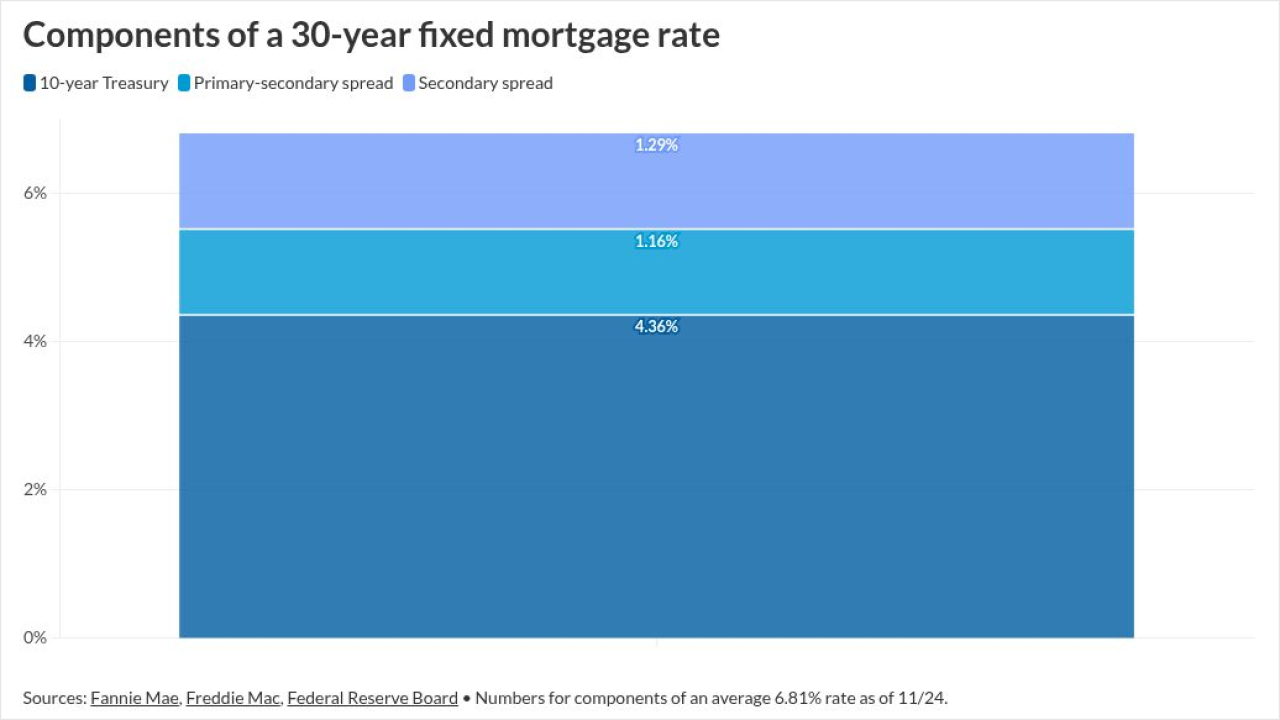Echoing other types of structured finance, catastrophe bonds have avoided the tariff-induced volatility present in other financial markets while providing investors with a premium, although transactions covering multiple types of perils have made some payouts following the Los Angeles wildfires.
In its report issued July 30, "Insurance-Linked Securities Market Insights," Swiss Re noted that its Global Cat Bond Total Return index showed low volatility compared to high-yield bonds, especially following the Trump administration's tariff "liberation day" in early April, when high-yield returns plummeted while cat bonds' remained steady.
"Despite broader financial market volatility driven by factors such as tariffs and foreign exchange fluctuations, the catastrophe bond market has once again demonstrated its low correlation to these macroeconomic events," Swiss Re said, adding that deal flow continued and secondary-market values showed no signs of disruption.
Similar to collateralized loan obligations (CLO) and other structured finance, cat bonds saw spreads tighten in the first half, despite more than $17 billion in issuance across nearly 60 transactions during that period, the second largest issuance volume since the market's inception, with six months still to go.
"Cat bonds continue to deliver spreads that significantly exceed those of the BofA Merrill Lynch High Yield indices, even during the local peak in high yield credit spreads observed in April," Swiss Re said.
Although still a relatively small market, the volume of cat bonds outstanding has grown each year since 2020, reaching $55.8 billion in the first half of 2025 compared to $47.8 during the same period in 2024.
Swiss Re said that similar to 2024, the first half of 2025 saw nine new sponsors issue cat bonds, including the first Canadian issuer, TD Insurance, that priced at a C$150 offering in early January. Healthy capital inflows among cat bond investors fueled demand and spread compression, allowing several existing deals to reprice lower than initial guidance from underwriters. It also resulted in fewer natural sellers of cat bonds that, combined with heightened demand, tightened spreads and pushed prices higher also in the secondary-market.
"After the spread increase due to Hurricanes Helene and Milton in Q4 2024, the market has continued to tighten throughout H1," Swiss Re said. "While spreads momentarily leveled off in April and May, the available cash and bid-heavy environment brought spreads down again in late June 2025."
Swiss Re noted this year opened with major wildfires across Los Angeles resulting in$40 billion in insured losses, marking a new record for wildfire related claims. Around two thirds of claims payouts will come from primary insurers and the rest mostly from reinsurers, which are major cat bond issuers to build their capacity.
The Los Angeles fires had limited impact on cat bonds because they cover relatively little wildfire risk, although some transactions covering multiple events did make payouts.
"Encouraging though, the market did see two fire transactions covering both wildfire and fire-following earthquake in H1 2025," Swiss Re said. "Overall, the Palisades and Eaton fires [in Los Angeles] have renewed investors' focus on secondary perils, nationwide aggregate structures, and wildfire modeling generally."





